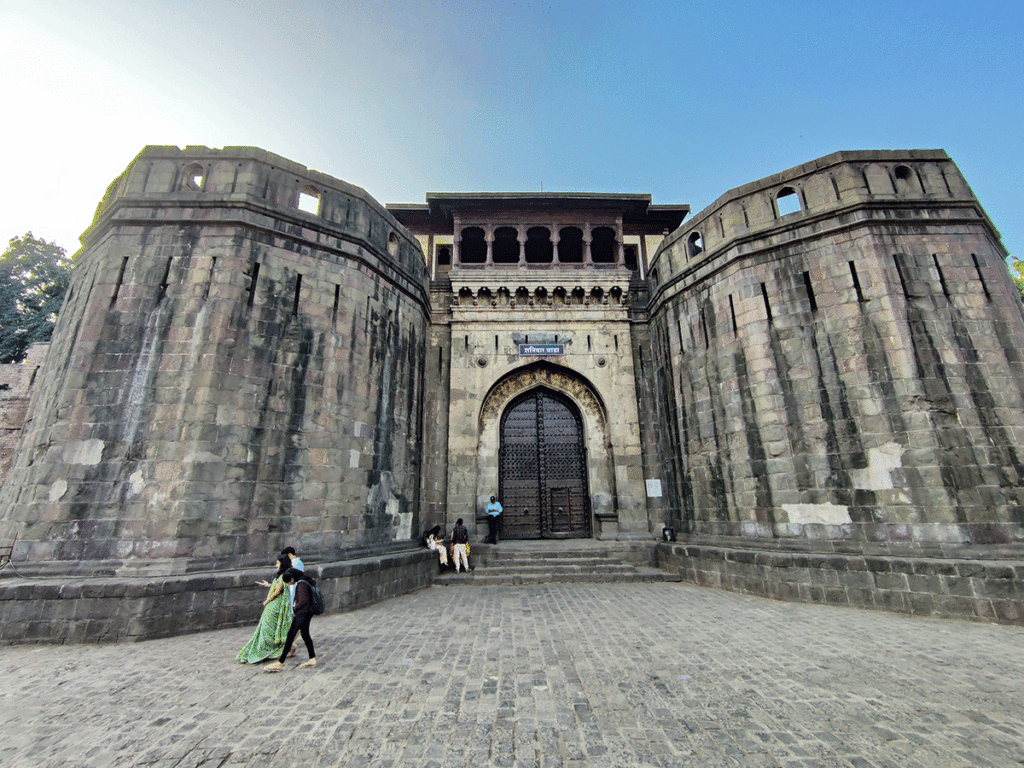Shaniwar Wada‚ a magnificent fortress in Pune‚ Maharashtra‚ stands as a testament to the power and grandeur of the Peshwa rulers of the Maratha Empire. Built in 1732 by Bajirao I‚ it served as the political center of the empire for several decades. The palace witnessed significant events‚ power struggles‚ and ultimately‚ its own tragic decline. Exploring Shaniwar Wada is like stepping back in time‚ allowing visitors to immerse themselves in the rich history and architectural splendor of a bygone era. Its walls whisper tales of bravery‚ betrayal‚ and the rise and fall of a powerful dynasty.
History and Significance
Initially designed as Bajirao I’s residence‚ Shaniwar Wada quickly evolved into the heart of Maratha governance. The fort’s construction reflected the Peshwas’ growing influence‚ with impressive ramparts‚ elaborate gateways‚ and opulent interiors. However‚ the palace also became a stage for intrigue and violence‚ most notably the assassination of Narayanrao Peshwa within its walls. This event left an indelible mark on Shaniwar Wada’s history‚ adding an element of mystery and tragedy to its allure.
Key Historical Events
- 1732: Construction of Shaniwar Wada begins.
- 1758: Palace completed and becomes the official residence of the Peshwas.
- 1773: Narayanrao Peshwa assassinated within the fort.
- 1818: Shaniwar Wada falls to the British East India Company.
- 1828: A major fire destroys most of the wooden structures within the fort.
Architectural Marvel
Despite the damage inflicted by time and events‚ Shaniwar Wada still showcases remarkable architectural features. The Dilli Darwaza‚ the main entrance gate‚ stands tall with its imposing iron spikes and intricate carvings. The Ganesh Mahal‚ Diwan-e-Aam (Hall of Public Audience)‚ and Hasti Mahal (Elephant Hall) are remnants of the palace’s former glory. The fort’s complex layout and strategic design demonstrate the Peshwas’ attention to detail and their understanding of defensive architecture.
Notable Architectural Features
- Dilli Darwaza: The main entrance gate‚ fortified with iron spikes.
- Ganesh Mahal: Used for religious ceremonies and other important functions.
- Diwan-e-Aam: The Hall of Public Audience‚ where the Peshwa addressed the public.
- Hasti Mahal: Also known as the Elephant Hall‚ used for storage and possibly display of elephants.
- Fountains and Gardens: Remnants of the once-lush gardens and intricate fountain systems.
Comparing Shaniwar Wada to Other Forts
| Feature | Shaniwar Wada | Sinhagad Fort | Raigad Fort |
|---|---|---|---|
| Purpose | Political Center‚ Residence | Military Outpost | Capital of the Maratha Empire |
| Architecture | Palatial‚ Intricate Carvings | Defensive‚ Rugged | Strategic‚ Mountain Fortress |
| Historical Significance | Peshwa Rule‚ Intrigue | Battles‚ Strategic Importance | Coronation of Shivaji Maharaj |
| Location | Pune City | Near Pune‚ Hilltop | Raigad District‚ Mountain Top |
Visiting Shaniwar Wada Today
Today‚ Shaniwar Wada is a popular tourist destination‚ attracting history enthusiasts‚ architecture lovers‚ and anyone seeking a glimpse into Maharashtra’s rich past. The fort is open to the public‚ and visitors can explore its grounds‚ admire its surviving structures‚ and learn about its fascinating history through guided tours and informative displays. The atmosphere is palpable‚ with the echoes of the past resonating within the ancient walls.
FAQ (Frequently Asked Questions)
Q: What are the opening hours of Shaniwar Wada?
A: Shaniwar Wada is typically open from 8:00 AM to 6:30 PM daily.
Q: Is there an entry fee to visit Shaniwar Wada?
A: Yes‚ there is a nominal entry fee for both Indian and foreign nationals. Please check the current rates at the ticket counter.
Q: Are there guided tours available at Shaniwar Wada?
A: Yes‚ guided tours are often available in multiple languages. Check with the information desk for details.
Q: How much time should I allocate for my visit?
A: We recommend allocating at least 2-3 hours to fully explore the fort and learn about its history.
Q: Is photography allowed inside Shaniwar Wada?
A: Yes‚ photography is generally allowed for personal use‚ but professional photography may require prior permission.
Shaniwar Wada remains a captivating historical landmark‚ a tangible link to the powerful Peshwa dynasty and the vibrant Maratha Empire. Its story is one of ambition‚ power‚ tragedy‚ and resilience. Walking through its gates‚ one can almost hear the echoes of the past‚ the sounds of bustling courtyards‚ and the whispers of political intrigue. While much of the original structure has been lost to time‚ the remaining fragments continue to inspire awe and curiosity. Shaniwar Wada serves as a vital reminder of the rich cultural heritage of Maharashtra and the enduring legacy of its rulers. Visiting this grand palace is an experience that will stay with you long after you leave its imposing walls.

